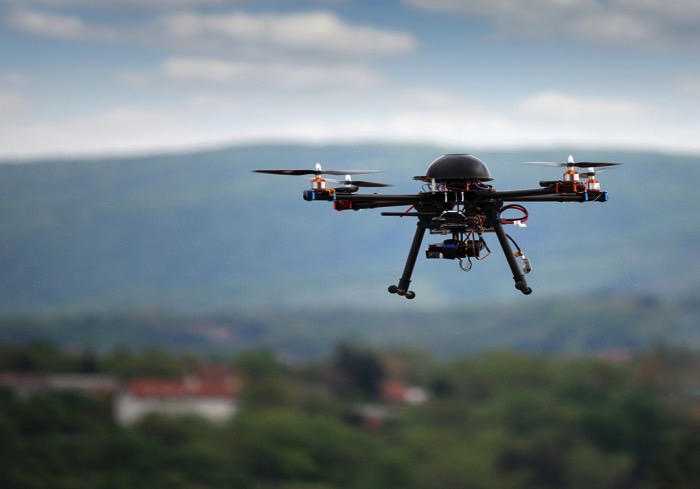
Tech companies’ plans for drone use are seemingly back on track now that California Senate Bill 142 is out of sight and out of mind.
On Wednesday (Sept. 9), California Gov. Jerry Brown killed the bill that restricted unmanned vehicles from flying 350 feet above any property without the consent of the landowners.
Google and Amazon, two of the biggest U.S. companies seeking to use the technology for package deliveries, opposed the legislation when it was passed in both houses of the California legislature last month.
In a letter from the governor’s office to the members of the California State Senate, Brown stated: “Drone technology certainly raises novel issues that merit careful examination. This bill, however, while well-intentioned, could expose the occasional hobbyist and the FAA-approved commercial user alike to burdensome litigation and new causes of action.”
Tech companies were certainly not the only ones lobbying to bring the bill to an end. The Consumer Electronics Association trade group also expressed disinterest and told Re/code the state could receive as much as $14 million in economic gains if favorable federal legislation on the topic is passed.
[bctt tweet=”Safe, responsible drone use will transform the way we do business…”]
“Safe, responsible drone use will transform the way we do business — allowing these devices to assist in search and rescue and disaster relief missions, improve crop production and efficiency, and create safer work environments for infrastructure maintenance,” Gary Shapiro, president and CEO of the CEA, said in a statement applauding Brown’s veto.
Shapiro explained that the move to veto the bill opens the door for drones and other unmanned vehicles to continue revolutionizing various consumer and commercial activities, spur job and business opportunities, and establish life-changing solutions.
While the the FAA has reportedly eased up on its stance against drones being used for commercial purposes, there is still no official word on when tech companies like Amazon and Google can begin testing drone flights on U.S. soil.
At a drone conference earlier this year, the head of Google’s delivery drone project, Dave Vos, said: “Honestly, in the last two to three weeks, things have made a dramatic change. Three to four months ago, we were a little bit concerned about how much progress we could make here in the U.S., but … what we’re seeing today is significant opportunity to work here in the U.S. with the FAA.”
[vc_row full_width=”” parallax=”” parallax_image=””][vc_column width=”1/1″][/vc_column][/vc_row][vc_row full_width=”” parallax=”” parallax_image=””][vc_column width=”1/1″][vc_separator color=”grey” align=”align_center” style=”” border_width=”” el_width=””][vc_single_image image=”148412″ alignment=”center” style=”vc_box_shadow_3d” border_color=”grey” img_link_large=”” img_link_target=”_blank” css_animation=”left-to-right” img_size=”full” link=”http://www.pymnts.com/whats-hot-today/”][vc_column_text css_animation=””]
To check out what else is HOT in the world of payments, click here.
[/vc_column_text][vc_separator color=”grey” align=”align_center” style=”” border_width=”” el_width=””][/vc_column][/vc_row]